Overview of the Honeywell CC-IP0101 Profibus DP Gateway Module The Honeywell CC-IP0101 51410056-175 Profibus DP Gateway Module is an essential tool for connecting Profibus DP devices to Honeywell’s Experion PKS (Process Knowledge System) or Experion LX systems. This versatile gateway module allows seamless communication with a wide array of Profibus DP devices, such as sensors, actuators, and controllers. Supporting up to 127 devices, the module is ideal for modern industrial applications where reliable, fast communication between multiple devices is crucial. Key Specifications and Dimensions The Honeywell CC-IP0101 Profibus DP Gateway Module is designed with efficiency and robustness in mind. Below are the key specifications for the module: Dimensions: 190 mm x 69 mm x 23 mm (7.5 in x 2.7 in x 0.9 in) Weight: 0.45 kg (1 lb) Power Consumption: 10 W Operating Temperature: -40 to 85 °C (-40 to 185 °F) Storage Temperature: -40 to 85 °C (-40 to 185 °F) Humidity: 5% to 95% non-condensing Vibration Resistance: 5 g peak at 20 to 500 Hz Shock Resistance: 30 g peak for 11 ms This rugged design makes it suitable for industrial environments that require continuous operation in varying conditions, including extreme temperatures and vibrations. Key Features of the Profibus DP Gateway Module The Honeywell CC-IP0101 Profibus DP Gateway Module offers a range of features that enhance its performance and usability in automation systems: Supports up to 127 Profibus DP devices: This capability ensures that large systems with numerous devices can be connected and managed efficiently. Communication with various devices: The module is compatible with sensors, actuators, controllers, and other Profibus DP devices, providing flexibility in industrial applications. Baud rate support: It supports baud rates from 9.6 kbps to 12 Mbps, which allows for fast data transmission across the network. Master and slave operation: The module supports both master and slave modes, offering flexibility in system configurations. Data filtering: It includes the ability to filter data based on device address or data type, optimizing communication and ensuring relevant data is transmitted. Network monitoring: The module provides real-time monitoring of network traffic, helping to ensure the system is operating smoothly and without interference. Diagnostic capabilities: It includes diagnostic tools to detect and resolve network issues, which helps minimize downtime and maintain system reliability. Benefits of Using the Honeywell CC-IP0101 in Industrial Systems The integration of the Honeywell CC-IP0101 Profibus DP Gateway Module into industrial automation systems offers numerous benefits: Enhanced Communication Efficiency: The ability to connect up to 127 Profibus DP devices ensures seamless data exchange across large systems, enhancing operational efficiency. Versatility: With support for a variety of devices and communication modes, the module can be used in diverse industrial applications ...
Read More
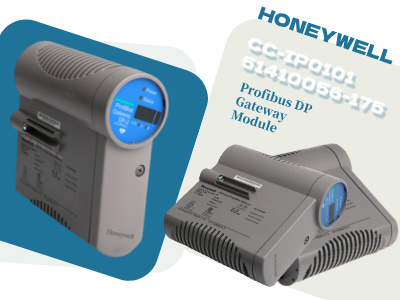
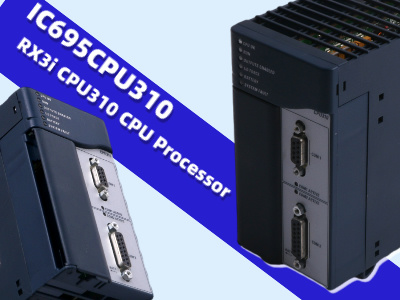
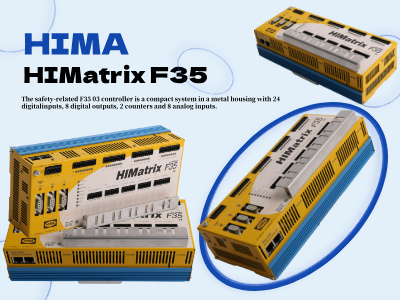
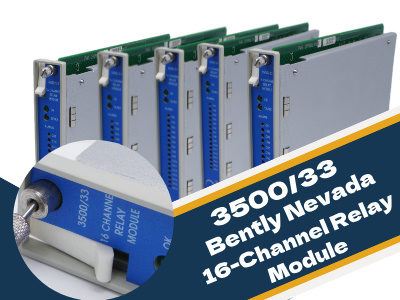
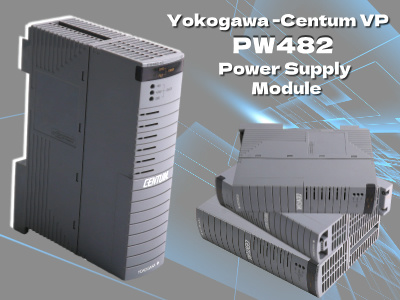
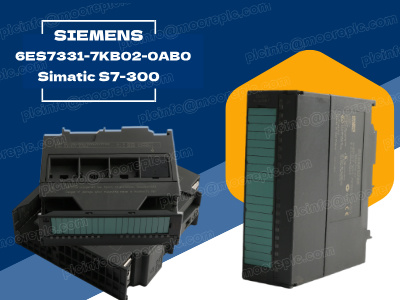
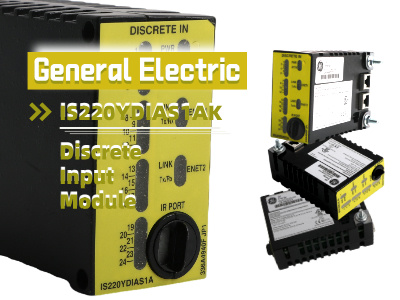
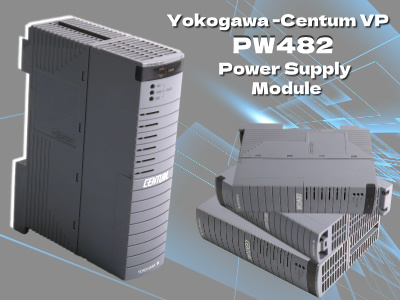
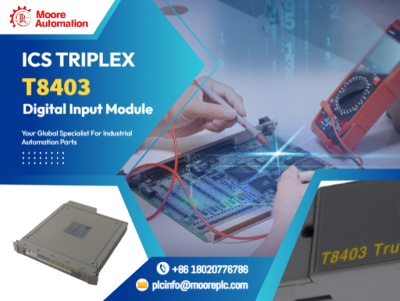

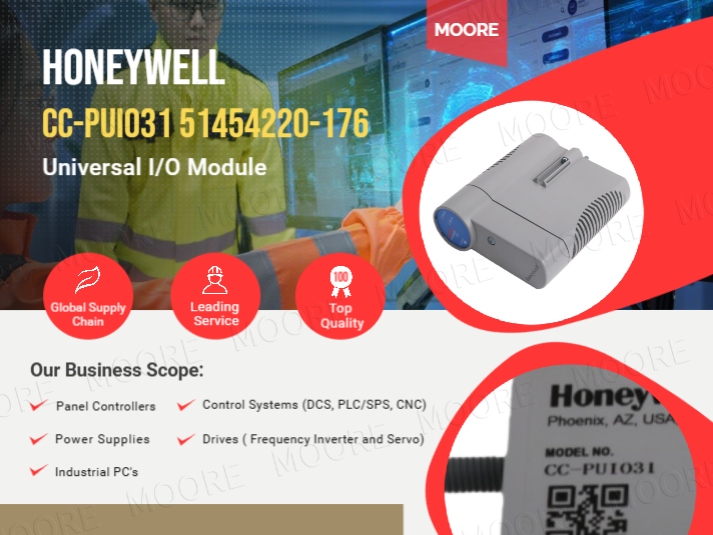
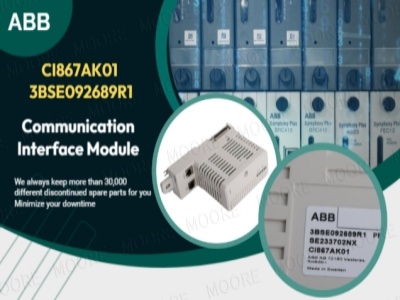












 IPv6 network supported
IPv6 network supported